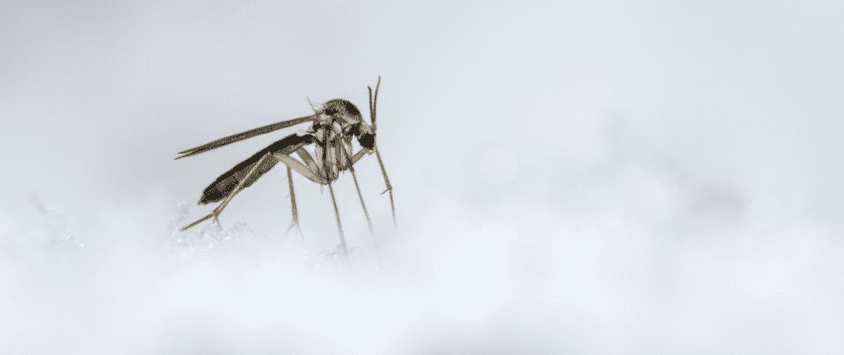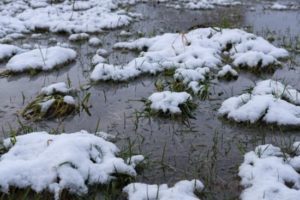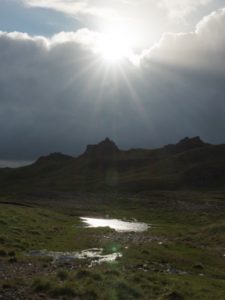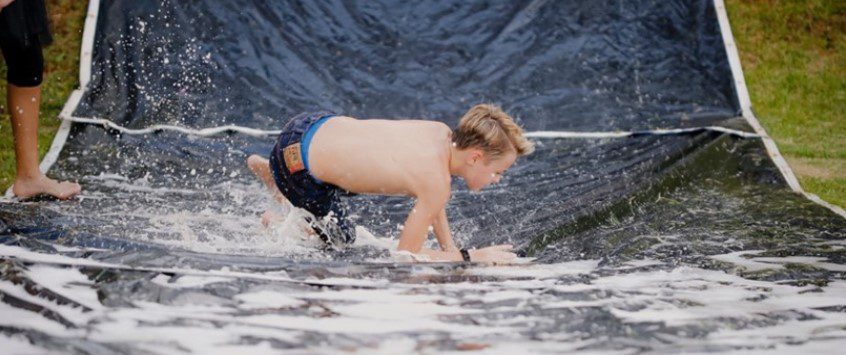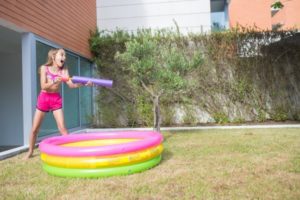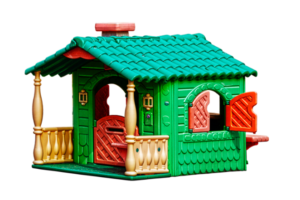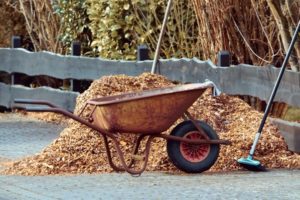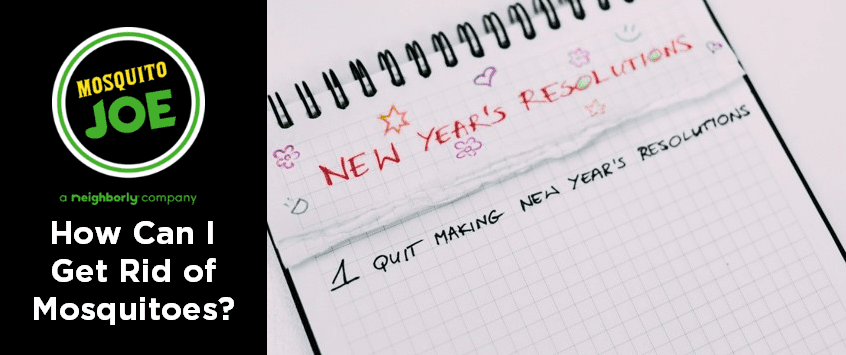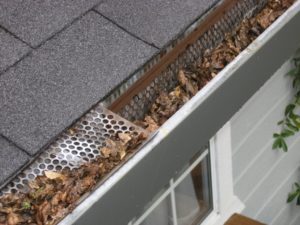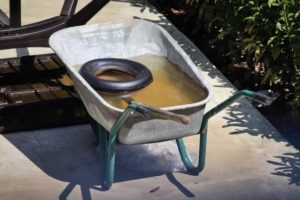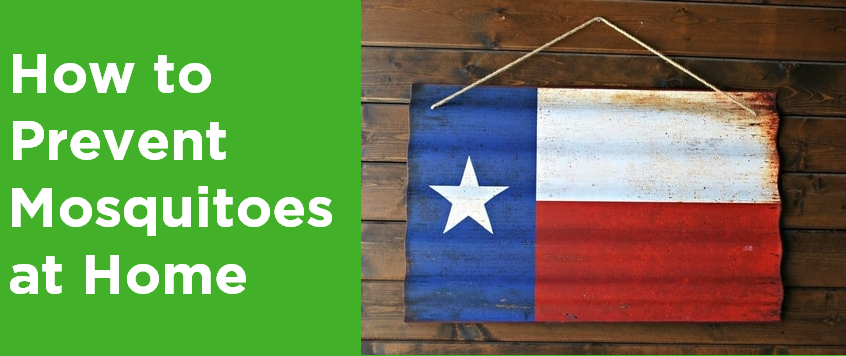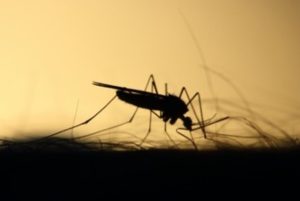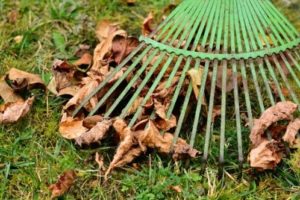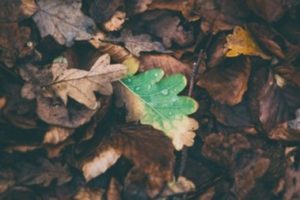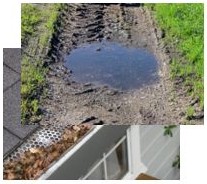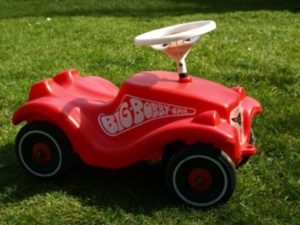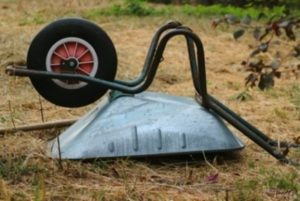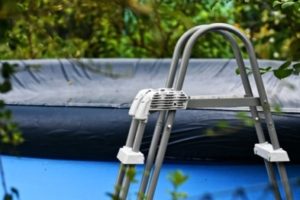July 4th Mosquitoes
We will not be the only ones celebrating on July 4th. In fact, if mosquitoes could write their ideal situation, they couldn’t do it any better. We have large groups of people – all emitting CO2 plumes to attract them, likely many of those people sweating to attract them further. We also tend to gather on grasses, near woods where mosquitoes are lying in wait. Finally, we all gather at dusk, just the right time for mosquitoes to come out from their shade shelter and the females head out to look for a blood meal.
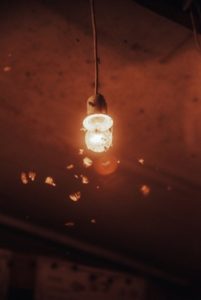 Houston has been ranked as the most extreme city in the nation for mosquitoes on July 4th, and many of us can attest that this is true. It’s a familiar story – we head out for an evening of fireworks and get there early so we can relax and enjoy a picnic while we wait. We soon find ourselves sweating and uncomfortable and, no doubt, very thirsty. We immediately run out of water and must go find more and use the restroom. Dusk begins to fall, and we start getting bitten. Eventually, it’s dark and the fireworks start, and in no time at all, it ends. We head home, exhausted, hot, and ready for a shower. As we get undressed, we notice the multitude of bites all over our bodies and remind ourselves we never want to do that again.
Houston has been ranked as the most extreme city in the nation for mosquitoes on July 4th, and many of us can attest that this is true. It’s a familiar story – we head out for an evening of fireworks and get there early so we can relax and enjoy a picnic while we wait. We soon find ourselves sweating and uncomfortable and, no doubt, very thirsty. We immediately run out of water and must go find more and use the restroom. Dusk begins to fall, and we start getting bitten. Eventually, it’s dark and the fireworks start, and in no time at all, it ends. We head home, exhausted, hot, and ready for a shower. As we get undressed, we notice the multitude of bites all over our bodies and remind ourselves we never want to do that again.
So how can we make the evening more bearable if we are headed out to watch the fireworks? There are some things we can do to make ourselves less palatable and attractive to the mosquito. First, though, let’s understand how mosquitoes find us in the first place.
From a distance, mosquitoes look for CO2 plumes to locate their prey. Simply breathing is the first step to drawing one to you and there is little you can do about that. Once they get closer the mosquito will then start picking up olfactory cues – sweat, perfumes, etc. They also start seeing colors. A recent study has shown that mosquitoes do have a preference for some colors over others and you can read more about it here. Wearing brighter colors like orange, black, and red will attract them, while greens and blues may actually deter some species. As mosquitoes get really close they begin to look for a heat source to locate a meal.
 In a large crowd, the CO2 plumes are like a flashing siren, and you can’t do much about that. You can, however, control to some extent the scent you produce. Limiting perfumes and “post alcohol” sweat can help. Obviously, bug spray is a good idea. What’s important is that everyone around you also does this because once a mosquito is close it is looking for a heat source and they will no longer distinguish between you and your neighbors. A good, reliable source, for bug spray options, can be found here It’s also a good idea to all wear the colors mentioned in the research, particularly white since it will help keep you cool as well and hence reduce odors that attract them.
In a large crowd, the CO2 plumes are like a flashing siren, and you can’t do much about that. You can, however, control to some extent the scent you produce. Limiting perfumes and “post alcohol” sweat can help. Obviously, bug spray is a good idea. What’s important is that everyone around you also does this because once a mosquito is close it is looking for a heat source and they will no longer distinguish between you and your neighbors. A good, reliable source, for bug spray options, can be found here It’s also a good idea to all wear the colors mentioned in the research, particularly white since it will help keep you cool as well and hence reduce odors that attract them.
If you plan on having your own fireworks at home, then you can do far more to make the evening pleasant. Mosquito Joe of NW Houston offers event services that will get rid of the mosquitoes in your yard for the evening. Give us a call at 281-815-0228 to get a free quote. And to learn more about mosquitoes and what you can do, without hiring us, to reduce them in your yard explore all our other blogs on the topic.
 Outside is fun again.
Outside is fun again.


